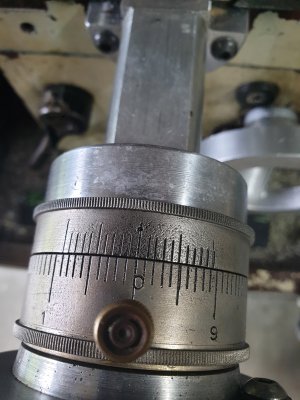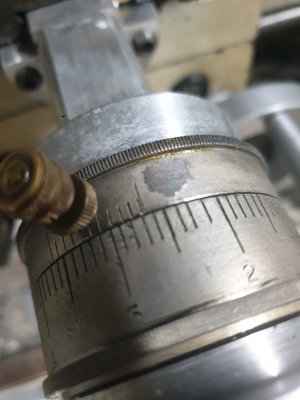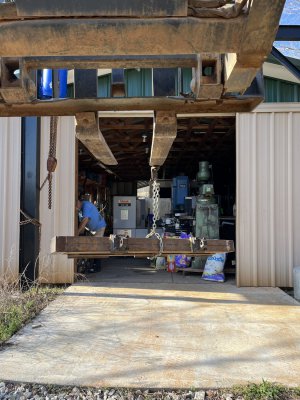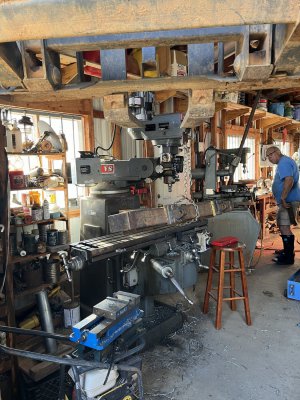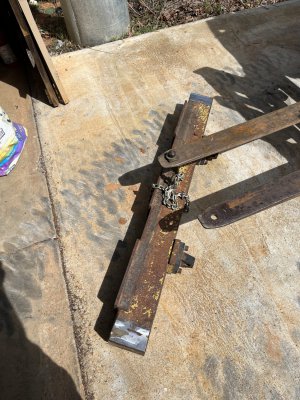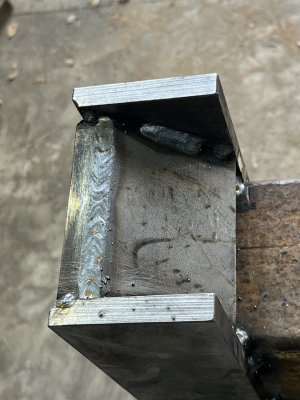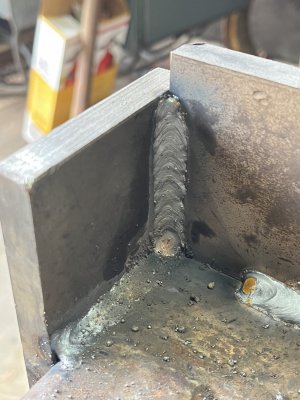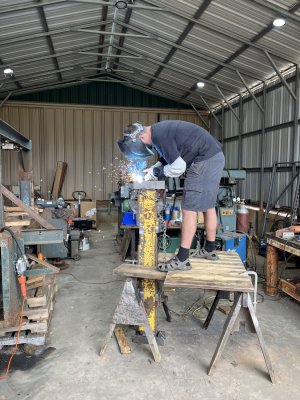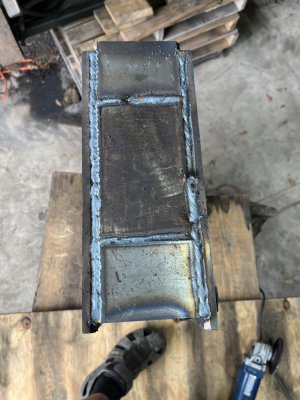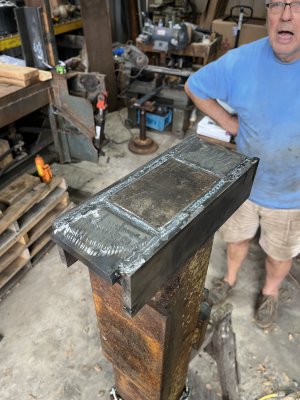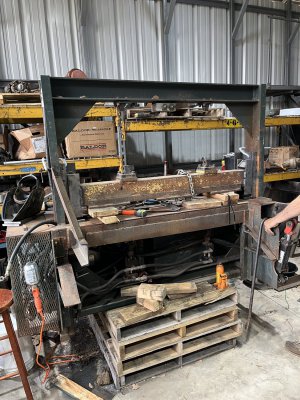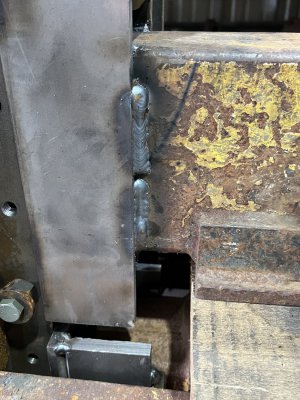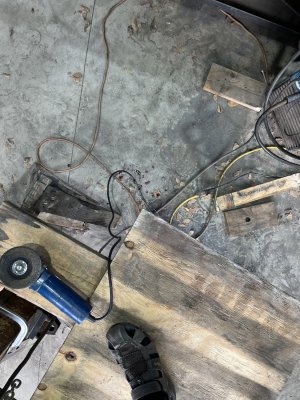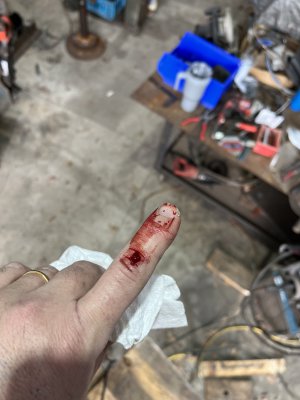- Joined
- Jan 7, 2016
- Messages
- 3,273
It is a design from a couple of our members here at H-M.Haven't seen that concept before, I like it. Your own design or from a plan?
Here are the links to the H-M thread and another to their website. Note: I did find the dimensioning on the plans to be a little wonky. Not exactly GD&T standards.
https://www.hobby-machinist.com/threads/camjack-knurler.3533/
http://www.totallyscrewedmachineshop.com/projects/camjackknurler/camjack.html


